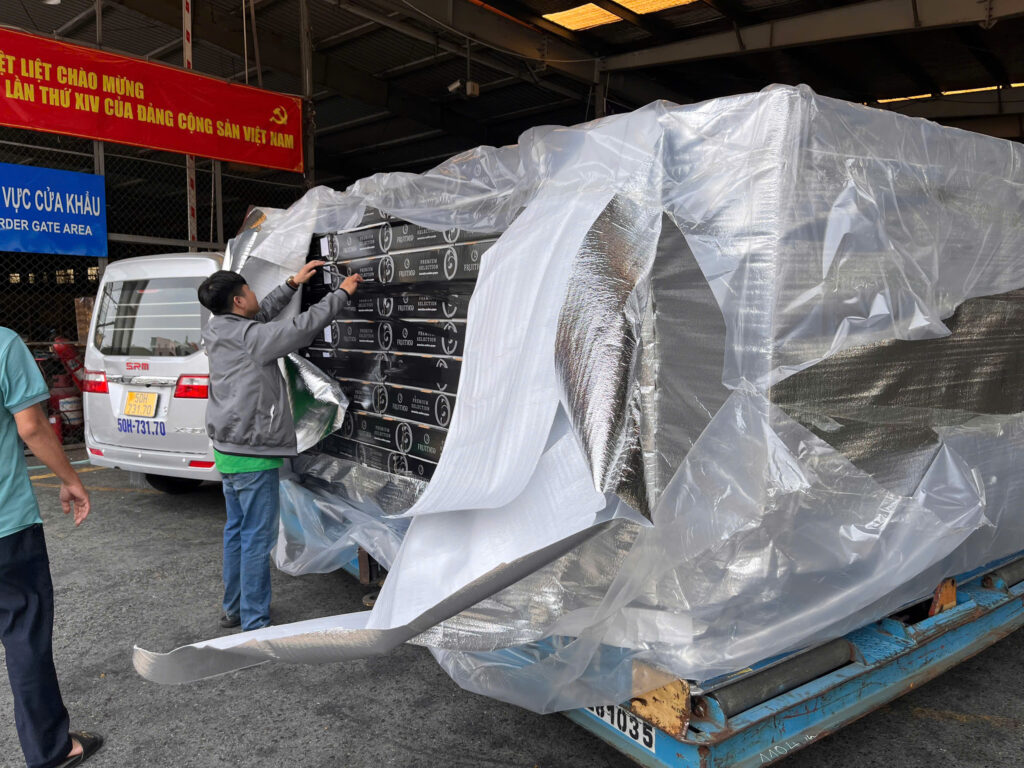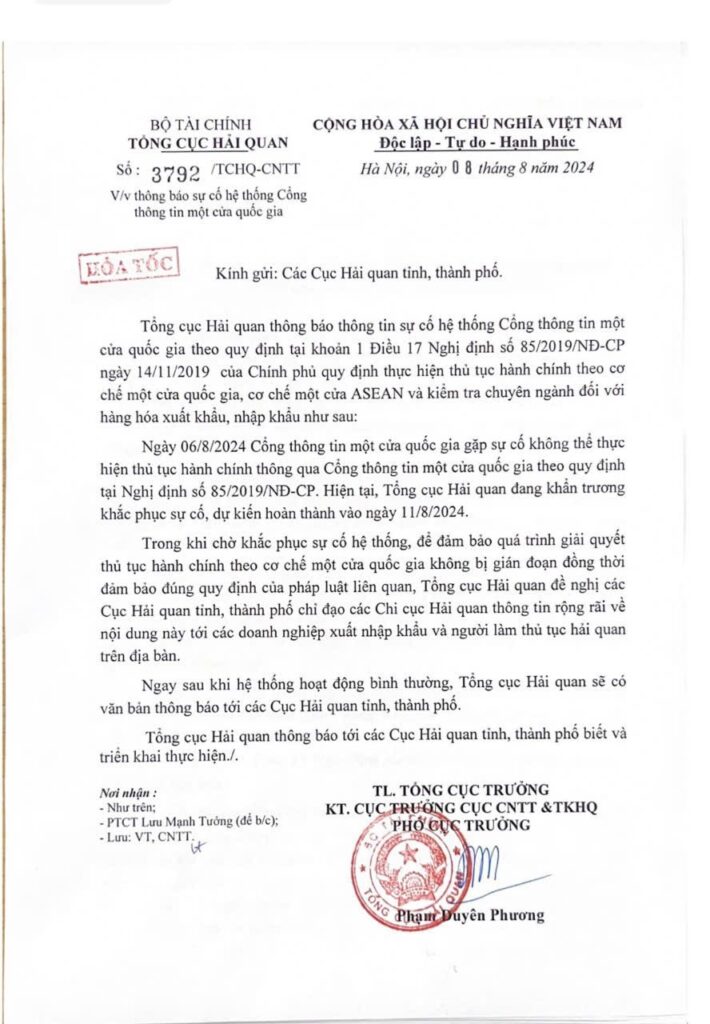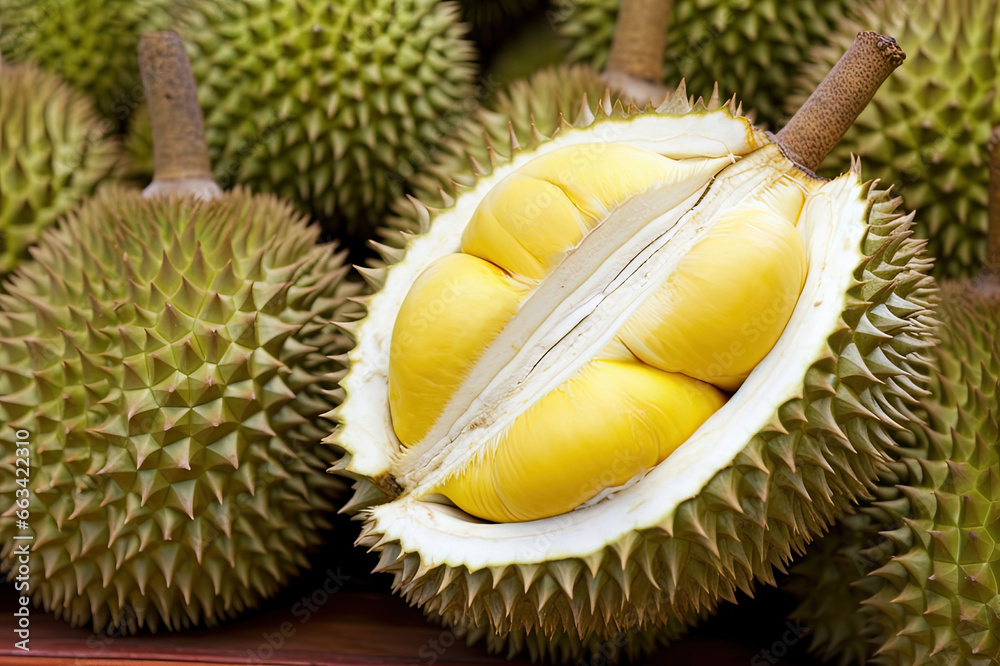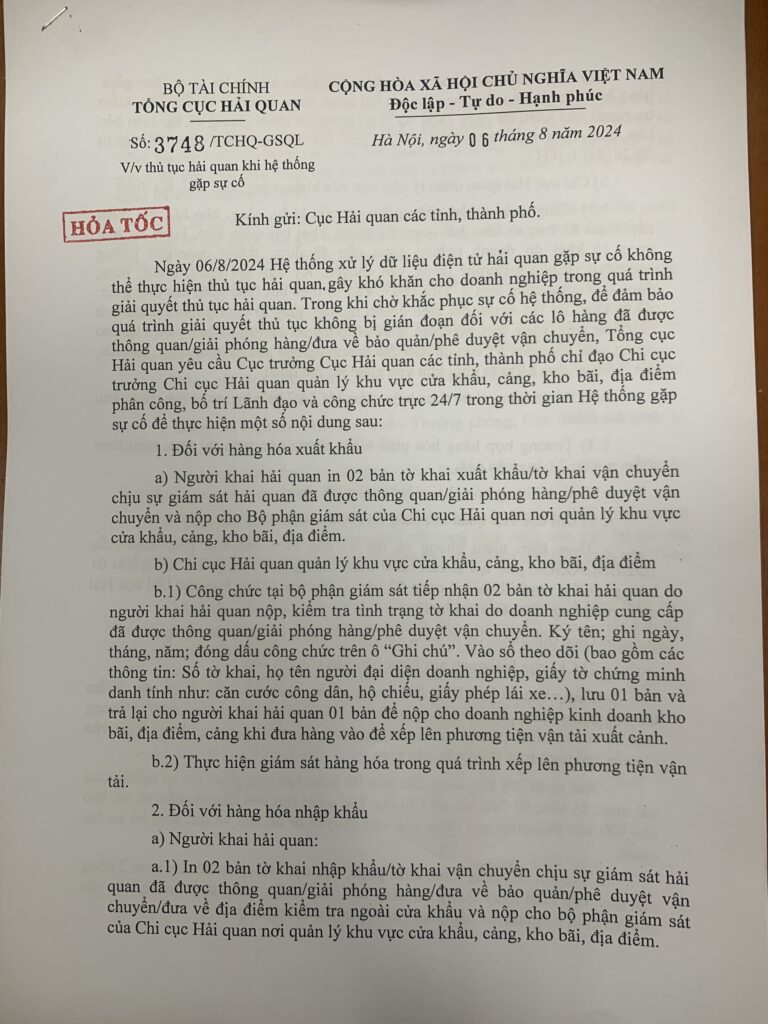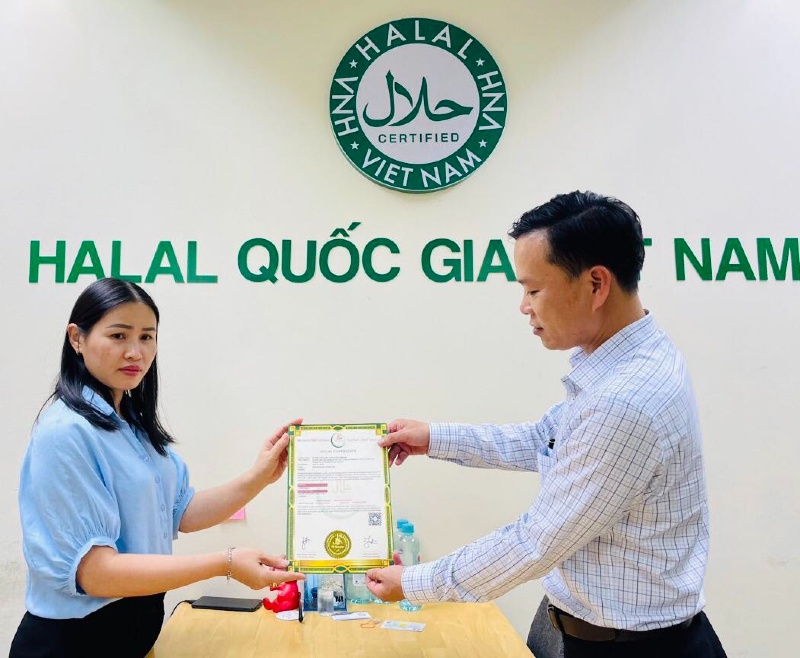Exported 5.35 million tons of rice
India's ban on exporting all types of ordinary rice from July 20 has shaken the world rice market. But recently, the world's largest rice exporter continued to apply the export tax rate of 20% on parboiled rice from August 26.
The above move could reduce the amount of rice exported from India, while pushing global rice prices - which are at their highest in the past 12 years - to increase further.
Previously, the global rice market received more bad news when the Myanmar Rice Federation said that the country would temporarily restrict rice exports for about 45 days, from the end of August 2023, in the context of increasing domestic rice prices. High.
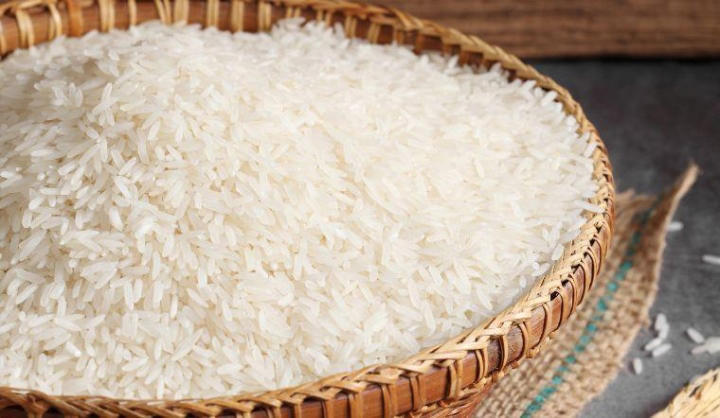
In fact, after India banned rice exports from July 20, the price of this food in Asia's rice bowl increased to its highest level in 15 years. Vietnamese and Thai rice prices reached historic peaks.
Data from the Vietnam Food Association, the price of Vietnam's 5% broken rice exports on August 25 was at 638 USD/ton, an increase of 105 USD/ton compared to July 19 (the time before India banned export). Thai rice of the same type traded at 628 USD/ton, up 87 USD/ton.
The price of Vietnam's 25% broken rice also jumped from 513 USD/ton (July 19) to 623 USD/ton (August 25), and the same type of rice in Thailand increased from 502 USD/ton to 565 USD/ton.
Currently, the price of Vietnam's 5% and 25% broken rice ranks first in the world, far surpassing the price of Thai rice.
Latest statistics from the General Department of Customs, by the end of August 15, our country exported 5.35 million tons of rice, earning 2.88 billion USD, an increase of 22.1% in volume and an increase of 34.6% in price. value compared to the same period last year.
At the 25th session of the National Assembly Standing Committee on the afternoon of August 15, Minister of Agriculture and Rural Development Le Minh Hoan said that when India and some countries banned rice exports, countries increased imports of this product from Vietnam. Many markets such as China, the Philippines, and Indonesia are competing to buy Vietnamese rice with the quantity increasing 40% several dozen times.
Minister Le Minh Hoan commented that this is an opportunity to promote rice exports and increase income for rice farmers in our country.
So, from now until the end of the year, how much rice does Vietnam have left to export?
According to calculations from the Ministry of Agriculture and Rural Development, in 2023 our country can export about 7.5-8 million tons of rice. Except for the exported rice of 5.35 million tons, Vietnam has about 2.15-2.65 million tons of rice of all kinds to export from now until the end of the year.
The cultivation of the Fall-Winter crop in our country's Mekong Delta is being promoted, the area is estimated to increase by 50,000 hectares compared to last year. Meaning, the supply of rice for export will increase and can earn an additional 100 million USD this year.
Businesses stopped buying rice and did not dare to sign new applications
According to a rice industry expert, domestic export enterprises are delaying orders or negotiating with customers to adjust prices or cancel contracts. However, with the solution of negotiating a price increase, most customers do not agree because Vietnamese rice prices are higher than Thailand, the US and are the top in the world.
Exchange with PV. VietNamNet Regarding rice price trends in the world market as well as Vietnamese rice export prices, Mr. Pham Thai Binh - Chairman of the Board of Directors of Trung An High-tech Agriculture Joint Stock Company - acknowledged India's new move and Myanmar information. Restricting rice exports may affect the price of this food on the world market, but not in Vietnam.

Meanwhile, the purchasing price of rice in the domestic market is also very expensive. Prices of all types of rice increased to nearly 8,000 VND/kg. At this price, if converted into exported rice, the price is equivalent to 670-680 USD/ton.
“But no one buys at this price. Therefore, even if more countries ban rice exports, it will be very difficult for Vietnamese rice to increase its price further”, he said.
In the current situation, businesses almost do not dare to sign new rice export contracts and also temporarily stop purchasing rice in the domestic market to wait and see.
“Signing a new order will require delivery. However, importers only accept the price of 640 USD/ton. If businesses still sign sales contracts and have to buy rice at high prices like today, they will lose about 30-40 USD/ton. So, where will businesses get the money to compensate?", Mr. Binh calculated.
Regarding old orders, Mr. Binh said, many businesses are negotiating with foreign importers to adjust the price further, but most are not approved. Therefore, businesses can only deliver goods at the previously signed price or cancel the contract. If not sued by partners, Vietnamese businesses will also lose their reputation.
As for small orders and traditional customers, businesses are proposing to extend the delivery time until the Winter-Spring season to harmonize the two sides.
From there, it can be seen that even though world rice is in short supply, Vietnamese rice prices are still very difficult to increase. More importantly, if businesses cannot guarantee profits, they will stop buying rice and will not sign more export contracts.
Read the original article here This.

